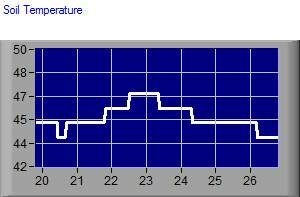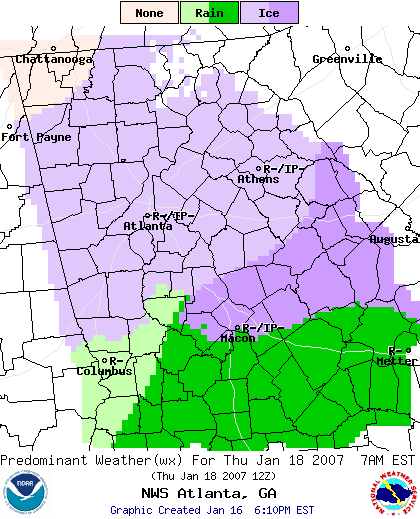Winter Returns (Or Perhaps It Never Left)
Monday, February 25th, 2008I hope everybody had a chance to get out and enjoy the great weather today. The high temperature was 7 degrees above normal, and the abundant sunshine was a welcome change from what we’ve seen recently. Unfortunately, today may have been the nicest day we’ll see until the weekend.
We are in an interesting weather pattern now, with what meteorologists would say is a ridge in the west, and a trough in the east. In layman’s terms, think of it as a mountain of dense air in the western half of the country, and a valley of lighter air east of the Mississippi. Now, imagine yourself as an air mass in the Pacific trying to move from west to east. You encounter the air mountain, and are forced to move north to get around it. As a result, you get colder. Then, after passing the mountain, you find yourself drawn southward, into the valley of lower pressure air.
The result of this air movement is that the southeast gets a fast moving storm system as the air mass passes through. Then, we get colder weather because of the temperature of the air that follows the storm. Finally, things begin to warm up again due to the warmer angle of the sun. Then, the pattern repeats itself, as it will do tomorrow morning, on Friday, and again next Tuesday.
All in all, it’s not that unusual a pattern for early spring. In some ways, it’s a good thing, since it indicates that the effects of the La Nina pattern are loosening, which could bring more rain to an area that sorely needs it.
Sphere: Related Content



